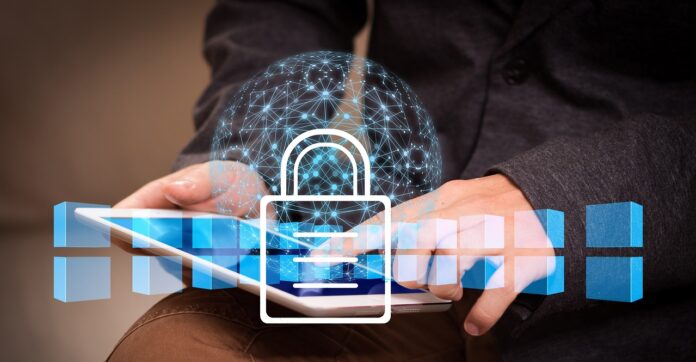In the rapidly evolving landscape of digital threats and defenses, understanding fundamental terminology is crucial for navigating the complexities of cybersecurity. Whether you’re new to the field or looking to deepen your knowledge, grasping these core concepts is essential for effective communication and strategic decision-making.

1. Cybersecurity
Cybersecurity encompasses the technologies, processes, and practices designed to protect networks, devices, programs, and data from attack, damage, or unauthorized access. It includes everything from securing personal devices to safeguarding national infrastructure.
2. Threat
A threat refers to any potential danger that could exploit a vulnerability to breach security and harm assets. Threats can be human (hackers, insiders), technological (malware, viruses), or natural (power failures, natural disasters).
3. Vulnerability
A vulnerability is a weakness or gap in a system’s security that can be exploited by threats to gain unauthorized access or compromise data integrity. Vulnerabilities can exist in software, hardware, processes, or even human behavior.
4. Attack
An attack is an unauthorized attempt to expose, alter, destroy, steal, or gain unauthorized access to data or systems. Attacks can be automated (e.g., malware) or manually executed (e.g., phishing).

5. Malware
Short for malicious software, malware is any software intentionally designed to cause damage to a computer, server, client, or computer network. Common types include viruses, worms, ransomware, and spyware.
6. Encryption
Encryption is the process of converting plaintext (readable data) into ciphertext (encoded data) to prevent unauthorized access. It ensures data confidentiality, integrity, and authenticity, especially during transmission and storage.
7. Firewall
A firewall is a network security device that monitors and controls incoming and outgoing network traffic based on predetermined security rules. It acts as a barrier between a trusted internal network and untrusted external networks.
8. Phishing
Phishing is a social engineering technique used to deceive individuals into providing sensitive information such as passwords, credit card numbers, or personal data. It often involves emails, websites, or messages disguised as trustworthy entities.
9. Incident Response
Incident response refers to the process of responding to and managing a security incident or breach. It includes identifying, containing, mitigating, and recovering from an incident to minimize damage and restore normal operations.
10. Authentication
Authentication is the process of verifying the identity of a user or device attempting to access a system or network. It typically involves credentials such as passwords, biometrics, tokens, or certificates.
11. Access Control
Access control is the practice of restricting access to resources or systems only to authorized users, processes, or devices. It includes authentication, authorization, and accountability mechanisms to enforce security policies.
12. Penetration Testing
Penetration testing, or pen testing, is a proactive security assessment technique where ethical hackers simulate real-world attacks to identify vulnerabilities in systems, networks, or applications. It helps organizations improve their security posture.
13. Patch Management
Patch management is the process of planning, testing, and deploying updates (patches) to software, firmware, or hardware to address vulnerabilities, bugs, or improve functionality. It is critical for maintaining system security.
14. Zero-day Vulnerability
A zero-day vulnerability is a previously unknown security flaw in software or hardware that hackers exploit before a fix (patch) becomes available. They pose significant risks because organizations have no defense against them until they are discovered and patched.
15. Endpoint Security
Endpoint security refers to the protection of endpoints (devices such as laptops, smartphones, tablets) from cyber threats. It involves antivirus software, encryption, firewalls, and other technologies to secure devices accessing corporate networks.
Conclusion
Mastering these core cybersecurity terms provides a foundational understanding necessary for effectively addressing modern digital threats. As the cyber landscape continues to evolve, staying informed and adapting to new challenges will be crucial for maintaining robust security measures.





